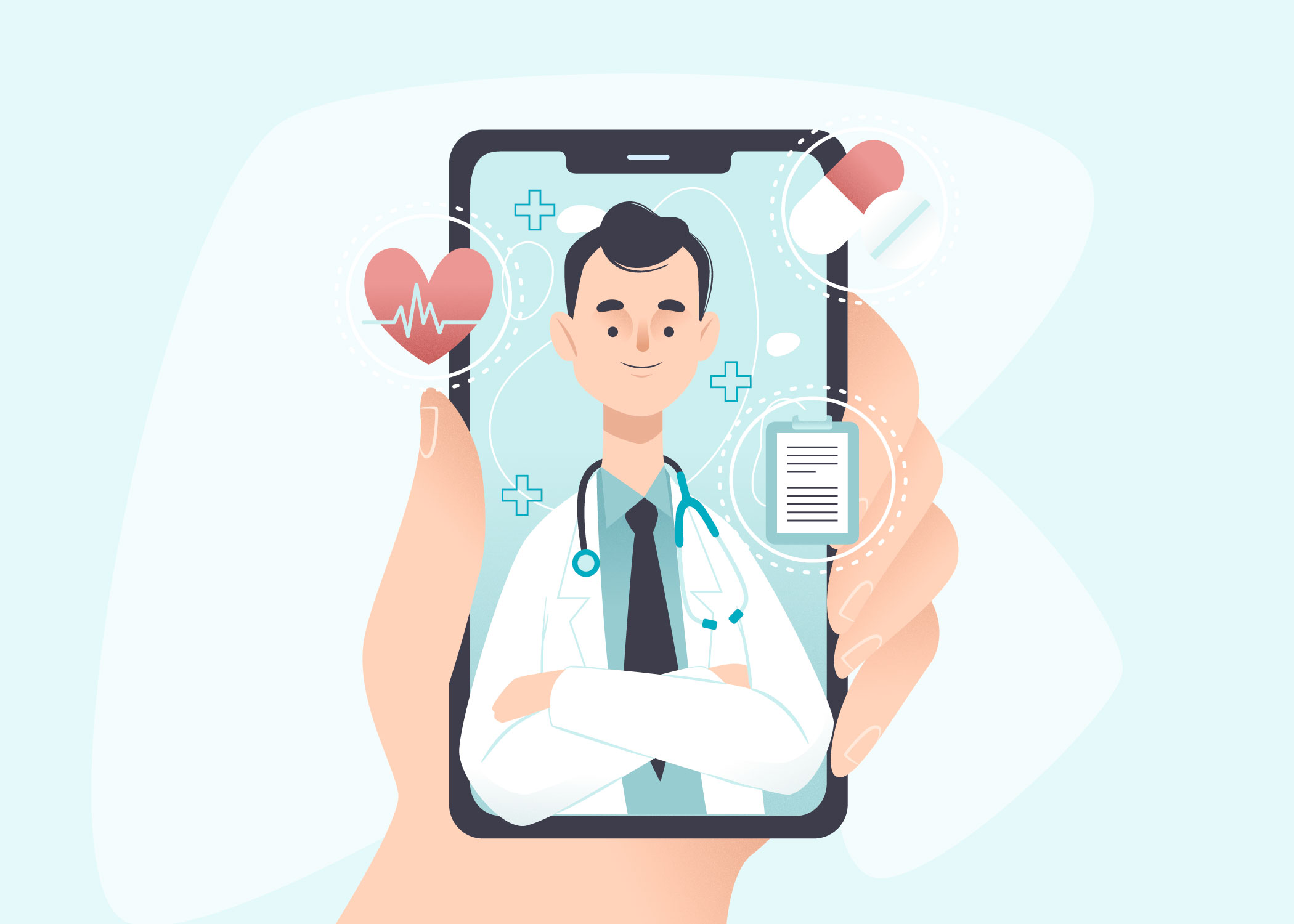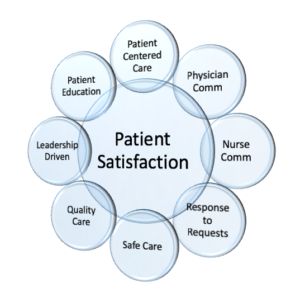
Telemedicine has transformed the healthcare landscape, With the accessible healthcare solutions, telemedicine has emerged as a vital tool for patients.
Understanding Telemedicine
Telemedicine refers to the use of telecommunications technology to provide medical care remotely. This encompasses various healthcare services, including virtual consultations, remote monitoring, and health education. Telemedicine enables healthcare professionals to assess, diagnose, and treat patients without the need for in-person visits, making it a convenient and effective option for many individuals.
Key Points About Telemedicine:
- Accessibility and Convenience:
Telemedicine breaks down geographical barriers, allowing patients in rural or underserved areas to access specialized care. Patients can receive consultations from the comfort of their homes, saving time and resources associated with travel. - Cost-Effectiveness:
By reducing the need for physical facilities and minimizing overhead costs, telemedicine can lower the overall cost of healthcare. Patients also save money on transportation and time off work. - Enhanced Patient Engagement:
Telemedicine platforms often include features that promote patient engagement, such as reminders for appointments and follow-up messages. This can encourage patients to take a more active role in managing their health. - Continuity of Care:
Telemedicine facilitates continuous monitoring and follow-up care, which is particularly beneficial for managing chronic diseases. Patients can maintain regular contact with their healthcare providers, ensuring that their treatment plans are adjusted as needed. - Emergency Response:
During times of crisis, such as the COVID-19 pandemic, telemedicine has proven invaluable. It allows healthcare systems to provide care while minimizing the risk of infection and overwhelming healthcare facilities.
The Benefits of Telemedicine
- Improved Access to Care
One of the most significant impacts of telemedicine is its ability to improve access to healthcare services. Patients in rural or remote areas often face challenges in accessing specialized care. Telemedicine bridges this gap, enabling individuals to consult with experts regardless of their location. Furthermore, it is particularly beneficial for patients with mobility issues, chronic conditions, or those who lack reliable transportation.
- Time Efficiency
Typically, traditional doctor visits require considerable time for traveling and waiting. Telemedicine significantly reduces these time constraints, allowing patients to schedule appointments that fit better into their daily lives. This efficiency not only benefits patients but also optimizes healthcare professionals’ schedules.
- Increased Patient Satisfaction

Studies indicate that patients are often more satisfied with telemedicine appointments than in-person visits. The convenience of receiving care at home, the reduced waiting times, and the ability to consult with providers using a familiar medium all contribute to heightened patient satisfaction levels.
- Cost Savings
Telemedicine can potentially lower healthcare costs. By reducing hospital admissions and emergency room visits, telemedicine alleviates financial burdens on both patients and healthcare systems. Additionally, many telemedicine services operate at lower fees than traditional visits, further enhancing affordability.
- Expanded Services
Telemedicine has facilitated the expansion of services beyond general consultations. Specialties such as mental health, dermatology, and chronic disease management have adapted well to telemedicine models. This adaptability broadens the scope of care available to patients.
The Challenges of Telemedicine
While telemedicine offers numerous benefits, it is not without its challenges. Understanding these obstacles is essential for improving its implementation and ensuring it effectively meets patient needs.
- Technology Barriers
Not all patients have access to the necessary technology or internet connectivity for telemedicine. Older adults and those in lower socioeconomic settings are often less familiar with digital platforms, which can hinder their ability to utilize telemedicine services effectively.
- Privacy and Security Concerns
Patient privacy is a significant concern in telemedicine. Ensuring that sensitive health information is protected from breaches is crucial. Healthcare providers must implement stringent security measures and educate patients on protecting their personal information online.
- Limited Physical Examination
Telemedicine provides valuable diagnostic capabilities but lacks the physical examination component available in traditional visits. This limitation can lead to diagnostic challenges, as some conditions require direct physical assessment for accurate evaluation and treatment.
- Regulatory Hurdles
Licensing and reimbursement policies for telemedicine services vary widely by region and specialty. Navigating these regulations can complicate the implementation of telemedicine, impacting its viability in certain areas.
Maintaining the Human Touch in Telemedicine
Despite the many advantages of telemedicine, one of the most significant challenges is the potential loss of the human touch in patient care. Building meaningful connections between healthcare providers and patients is essential for effective healthcare delivery. Here are ways to preserve the human element in telemedicine:
- Effective Communication
Clear and empathetic communication is crucial in telemedicine. Healthcare providers should take time to listen actively to patients, address their concerns, and explain treatment options comprehensively. Using empathetic language and maintaining a friendly tone can help foster a sense of connection.
- Personalization of Care
Tailoring care to meet individual patient needs can improve the overall telemedicine experience. Providers should consider each patient’s unique circumstances, preferences, and medical history when developing treatment plans. This approach demonstrates a commitment to personalized care that resonates well with patients.
- Virtual Bedside Manner
Healthcare practitioners should strive to embody their “bedside manner” even in virtual settings. Making eye contact through the camera, using patients’ names, and showing genuine interest in their well-being can help recreate the warmth of in-person visits.
- Follow-Up and Support
Regular follow-up is essential for building ongoing relationships with patients. Scheduling follow-up calls or video visits can demonstrate to patients that their health and concerns are prioritized.
- Encouraging Feedback
Encouraging patients to provide feedback about their telemedicine experiences can foster a sense of involvement and enhance future care. When patients feel their insights matter, they are more likely to engage actively with healthcare providers.
Conclusion
The impact of telemedicine on patient care is significant and multifaceted. While it offers accessibility, convenience, and cost savings, challenges must be addressed to realize its full potential. As healthcare continues to evolve, maintaining the human touch amidst technological advances will be crucial for ensuring empathy, understanding, and trust in patient-provider relationships. As we navigate this digital landscape, a balanced approach that combines the efficiency of telemedicine with the warmth of personal interaction will ultimately lead to enhanced patient care and outcomes.
By embracing both technology and human connection, telemedicine can redefine how we deliver and experience healthcare, creating a healthier future for patients and providers alike.








